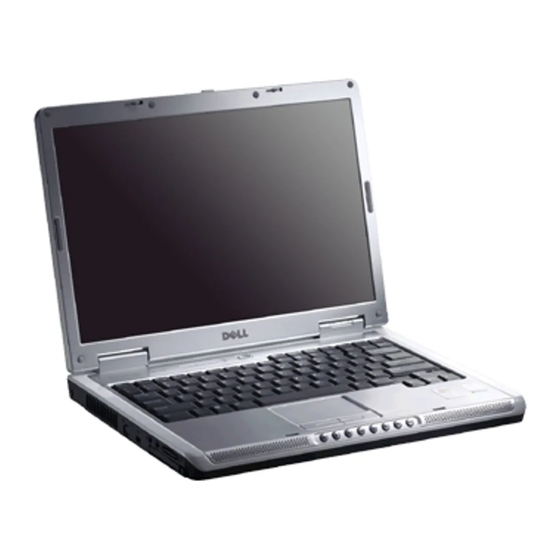
Dell XPS 140M Owner's Manual
Dell portable computer owner's manual
Hide thumbs
Also See for XPS 140M:
- Setup manual (112 pages) ,
- Manual (38 pages) ,
- Consumer information (29 pages)












Need help?
Do you have a question about the XPS 140M and is the answer not in the manual?
Questions and answers